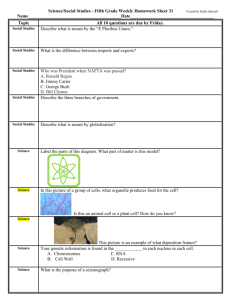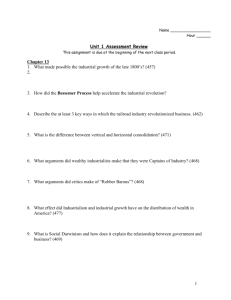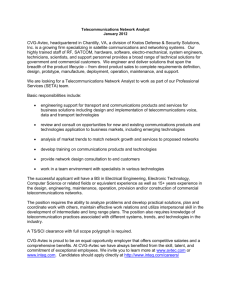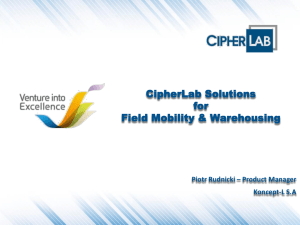IS 301 Exam 2 Study Guide Ekedahl EXAM FORMAT The exam will
advertisement
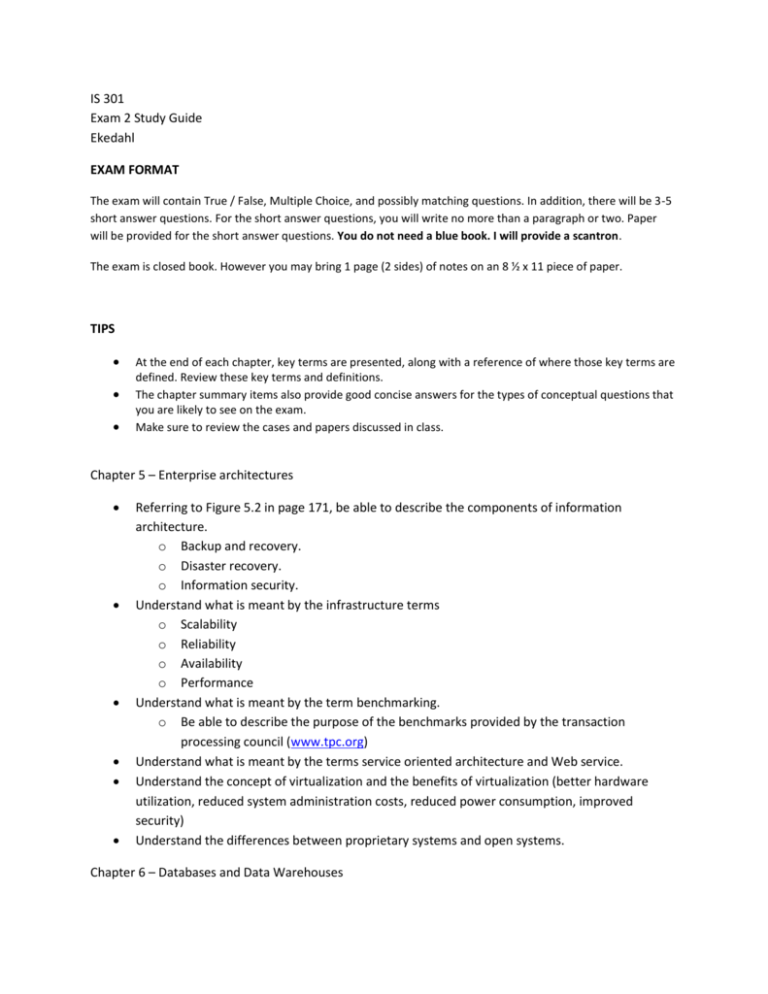
IS 301 Exam 2 Study Guide Ekedahl EXAM FORMAT The exam will contain True / False, Multiple Choice, and possibly matching questions. In addition, there will be 3-5 short answer questions. For the short answer questions, you will write no more than a paragraph or two. Paper will be provided for the short answer questions. You do not need a blue book. I will provide a scantron. The exam is closed book. However you may bring 1 page (2 sides) of notes on an 8 ½ x 11 piece of paper. TIPS At the end of each chapter, key terms are presented, along with a reference of where those key terms are defined. Review these key terms and definitions. The chapter summary items also provide good concise answers for the types of conceptual questions that you are likely to see on the exam. Make sure to review the cases and papers discussed in class. Chapter 5 – Enterprise architectures Referring to Figure 5.2 in page 171, be able to describe the components of information architecture. o Backup and recovery. o Disaster recovery. o Information security. Understand what is meant by the infrastructure terms o Scalability o Reliability o Availability o Performance Understand what is meant by the term benchmarking. o Be able to describe the purpose of the benchmarks provided by the transaction processing council (www.tpc.org) Understand what is meant by the terms service oriented architecture and Web service. Understand the concept of virtualization and the benefits of virtualization (better hardware utilization, reduced system administration costs, reduced power consumption, improved security) Understand the differences between proprietary systems and open systems. Chapter 6 – Databases and Data Warehouses Understand the concepts of data warehousing and data mining Know the primary database management systems and database vendors Understand the characteristics of traditional file processing systems o Sequential batch processing o Program data dependence Be able to discuss ISAM Know the following database terms o SQL o DDL o DML Understand the difference between a database’s logical view and physical view Be able to discuss the following database categories o Operational o Distributed o External Understand the role of data warehousing and data mining Know that a primary key is. Be able to discuss the following OLAP techniques o Slicing o Drill-down o Reach-through o Rotation Know the difference between the following types of databases o Hierarchical o Network o Relational Understand tools used related to database design ERDs Chapter 7 – Networks and Telecommunications. Understand the trends in telecommunications systems o Moving from proprietary systems to open systems o Prevalence of wireless technologies Understand the business value of telecommunications systems o Overcoming geographic, time, cost and structural barriers Be able to describe the purpose of a VPN. Know the difference between the Internet, extranets, and intranets Understand the difference between analog and digital signals Understand the performance and other characteristics of different types of communications channels o Twisted pair o Coaxial cable o Fiber o Microwave o Satellite o Wireless devices Understand the difference between local area networks and wide area networks Be able to describe the functions of GPS Understand the uses of RFID and the difference between passive and active RFID tags. Hardware lecture Be able to describe the purpose of various hardware components including CPUs, memory, disk, bus, etc. Understand the purpose of RAID. Understand the different types of RAID. Chapter 8 – Operations Management and Supply Chain Management Be able to define key terms such as production management and operations management. Be able to list and describe the activities performed by operations management o Forecasting o Capacity planning o Scheduling o Managing inventory o Quality assurance o Locating facilities Understand what is meant by the following key terms o Materials requirement planning systems o Operational planning and control systems o Transportation planning systems o Distribution management systems Understand the following quality control standards o Six sigma o IS0 9000 (your book has a typo. It’s not IS0900) o IS014000 Understand the concept of supply chain management and the five basic components of SCM. o Plan, source, make, deliver, return. Be able to list and describe supply chain success metrics (refer to figure 8-16 on page 296).



